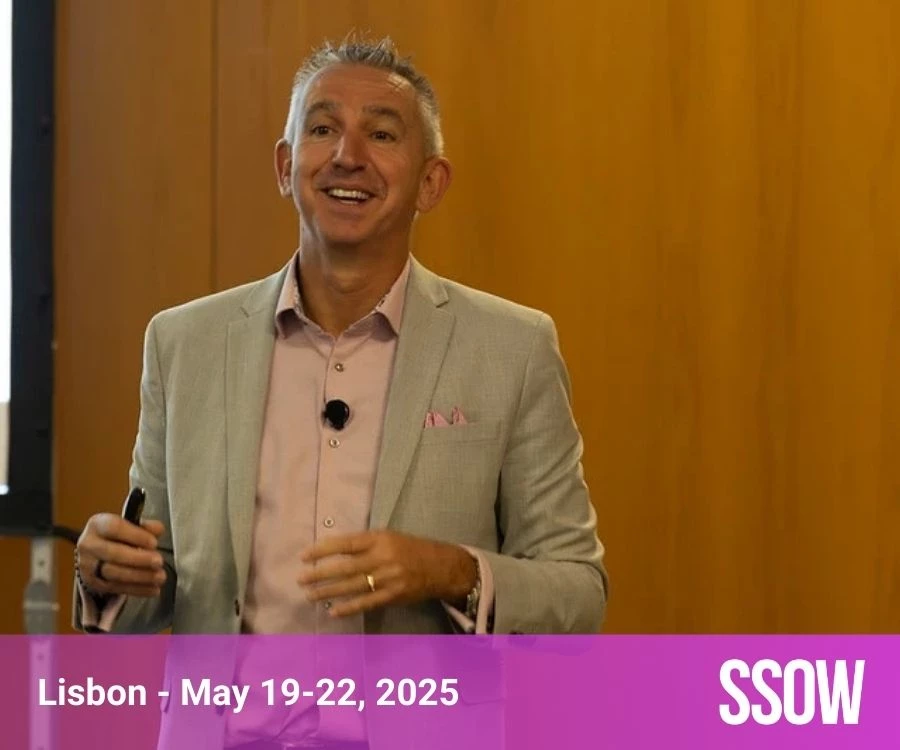
Why are professionals leaving? And how do our organization leaders manage the duality of holding onto their current workforce and hiring on new long-lasting talent?
First steps:
Being a GBS professional amid a pandemic, I am sure that you have noticed the changes going on around you at work; personally, it is something that we can’t help but notice. People are leaving, people are re-evaluating, and people are considering their options. The massive changes in the world have had a dramatic effect on the employee value proposition, especially in the shared services industry. This includes what the employers are supplying to their workers in terms of flexibility, employee experience, value, and benefits. Industries now must face the challenge of both keeping their current workers happy and hiring on new talent when the bar is higher than it ever has been before across so many fronts. These changes have brought us to two main questions regarding talent acquisition and retention: Why are professionals leaving? And how do our organization leaders manage the duality of holding onto their current workforce and hiring on new long-lasting talent?
Why are GBS professionals leaving their current positions?

To begin, we will start from the first changes brought on from the pandemic. Many employees were forced to transition from an in person to a remote position. Additionally, millions of workers worldwide lost their jobs. The initial effects this crisis had on the labor market were earth shattering. Some workers left the work force completely, and most began to re-evaluate what they wanted out of their job, career, and employer.
Since the second half of 2021, in America alone, we have seen that millions of employees have left their previous position. In an even more mind-blowing statistic we found from a conference board presentation at Monster and Microsoft by the group Daggerwig, research suggests that 95% of workers are considering a job change and 46% are planning a major career switch. Additionally, we found that some of these workers left because their jobs had been eliminated, some quit their jobs because the pandemic changed their personal situations, and some are taking the time to find a new opportunity that is more attractive than the one they left.
We have noticed that one of the most common theories as to why we are seeing such an increase of employees leaving their positions is because of the benefits that the different governments are giving to their civilians due to the Coronavirus Pandemic. However, research we found in an interview hosted by CBS news found otherwise. Karin Kimbrough, LinkedIn’s chief economist, revealed that workers are not leaving their positions because they are sitting around waiting for their next benefit check, but because the pandemic has caused many people to seek better opportunities to improve their lifestyles. Subsequently, the focus of employees has shifted from salary to a better and fairer overall experience and opportunity.
The pandemic has caused a shift of who runs the labor market. Now more than ever, employers are facing a shortage in their staffing. Employees are demanding flexibility, higher pay, security, and off time, and it seems that very few job hunters will settle for less.
Additionally, these shifting employment numbers affect many segments of the economy. So how do these numbers specifically affect the Shared Services Industry, one of the fastest growing industries today? How do employers transition to meet these new demands of their employees?
How Can Shared Services Leaders Respond?
To find these answers, we must list the facts describing people in the Shared Service Industry (SSO) today. In a Shared Service State of Industry Survey hosted by SSON Analytics in 2021, they found that six out of ten employees in the SSO leave the industry within three years of joining the industry, and only 44% of those who leave choose to stay within the enterprise. Another significant statistic is that employees who have stayed in an industry for 5 years or longer are much more likely to stay in the industry for the long term. What we found that these numbers highlight is that the first few years of employment are critical for long term retention of employees.
How to Maintain and Acquire New Talent in Shared Services
So how do Shared Services employers adapt to this changing environment of hiring and retaining employees? To supply you with helpful tips you can apply to your businesses, we have provided a solution to each of the most common desires of new and current talent.
First, employers must confront the flexibility demanded by employees. During the pandemic, professionals were able to spend more time with their families. While this transition from in person to remote work may have seemed problematic at first, we found that one of the results was that more professionals realized the importance of cherishing family time. Simultaneously, companies realized the capability provided by technology enables knowledgeable workers to work anytime, anywhere. In terms of jobs specifically in GBS, remote positions can be seen as an easy fix, because with GBS you do not need to attend to people face to face; services can be provided anywhere. However, we did find a question that lingers regarding these conditions: is the service provided from a digital standpoint better or worse than the service from the office when it comes to customer satisfaction and promptness?
Additionally, many professionals are demanding higher pay. We are seeing example after example of people changing jobs to receive pay increases of 20, 50, even 100% for similar work. The combination of increased salary, flexibility, free time, benefits, and challenging work has led many more employees to make a move. In short, we have noticed that to retain current talent and acquire new talent, employers must offer competitive opportunities with the possibility of higher salaries, improved benefits, and bonuses where they can share in the success of the company.
We are also finding that employees are seeking the opportunity to learn, grow, and better their professional skills. More employees are interested in the ability to utilize their full potential and challenge themselves. Employers can tap into this interest by investing in the learning and talent management process of their business so that their workers can grow in their departments. Additionally, the Shared Service industry is undergoing a massive transformation. For example, it is becoming increasingly common for GBS professionals to become P-GBS certified. According to us, the Professional GBS Certification program is reinforcing the concepts that any professional requires to have. This certification provides all the tools to operate effectively and with efficiency in the entire operation and ensures that leaders will be able to maximize the opportunities for cost reduction, develop advanced GBS processes easier and faster, and gives strategies that will help to manage all the 360 frameworks necessary to operate as an entire business. Use these new systems, technologies, and models to your advantage and integrate them into the new learnings and trainings of your workers.
“The Professional GBS Certification program provides all the tools to operate effectively and with efficiency in the entire operation and ensures that leaders will be able to maximize the opportunities for cost reduction, develop advanced GBS processes easier and faster, and gives strategies that will help to manage all the 360 frameworks necessary to operate as an entire business.”
Another result of the coronavirus pandemic we found was that workers began to feel as if they were settling. Employees went years giving their best while receiving little recognition. This is now an additional demand of workers. Workers expect that employers will recognize their hard work, their determination to do better, and their desire to succeed. The workforce wants a community, and within that community, a positive influencing culture. Instead of giving benefits in the unspecified future, employers would be better off giving them at a scheduled time. To ensure that the employees within your Shared Service will feel valued, host recognition get-togethers for the organization and remind your employees that their work is appreciated. After all, there is nothing a new hire wants less then to enter a new environment that promised a strong culture and find that they have been deceived. Companies that stay true to a positive culture will find that employees will stay true to that company.
Conclusion
It is no surprise that the extreme amount of change the world has seen since the coronavirus first hit in 2021 has had a dramatic effect on industries everywhere, especially the Shared Service Industry. While this dramatic transition in the labor market is taking place, more employees are demanding new conditions. It may be tempting to bypass these latest changes. Today however, we have noticed that more employees than ever will not settle for, nor accept, past employment practices. It is now essential to adapt to the new demands of the workforce and promptly be proactive to the solutions. Employers are expected to give new opportunities, be flexible with workers, offer recognition, and value hard-working employees. This is a change that workers across the world demand. To retain current and acquire future talent, whether they be sitting in their cubicles or working from their couch, employers must adapt to meet these needs.
Outside Sources:
- Omar’s PowerPoint, Round Table Lectures, etc.
https://www.cbsnews.com/amp/news/great-resignation-60-minutes-2022-01-10/#app



































